A Delicious Way to Beat Alzheimer’s!
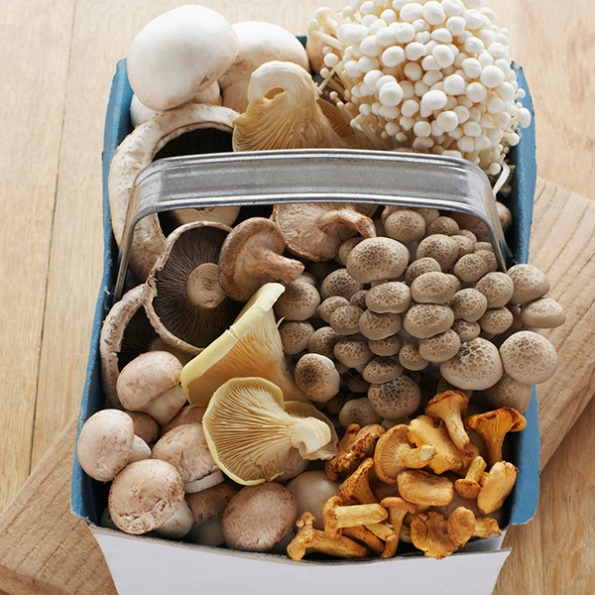
Alzheimer’s. The very word can strike fear in the heart of even the most courageous! Who doesn’t know someone that is dealing with this disease (or know someone who is related to someone who is dealing with this disease)?
But the good news is, we can do a lot through diet choices to contend with it. For instance, new research suggests that two antioxidants found in mushrooms (ergothioneine and glutathione) help protect us from age-related health issues, such as Alzheimer’s and Parkinson’s disease.
Since there are several varieties of mushrooms to choose from, I wondered if one had more of these antioxidants than another. Several varieties is actually an understatement. There are more than 38,000 varieties of mushrooms. However, only about 2500 are actually harvested for consumption and of those, only a handful make up nearly all of the US consumption. Here are some of the most popular varieties commonly available today:
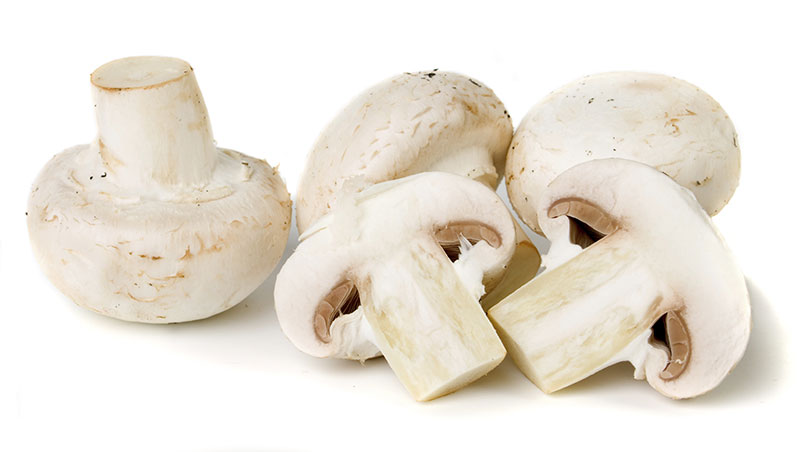
White: Accounting for approximately 85% of all mushroom consumption it is by far the most popular variety.
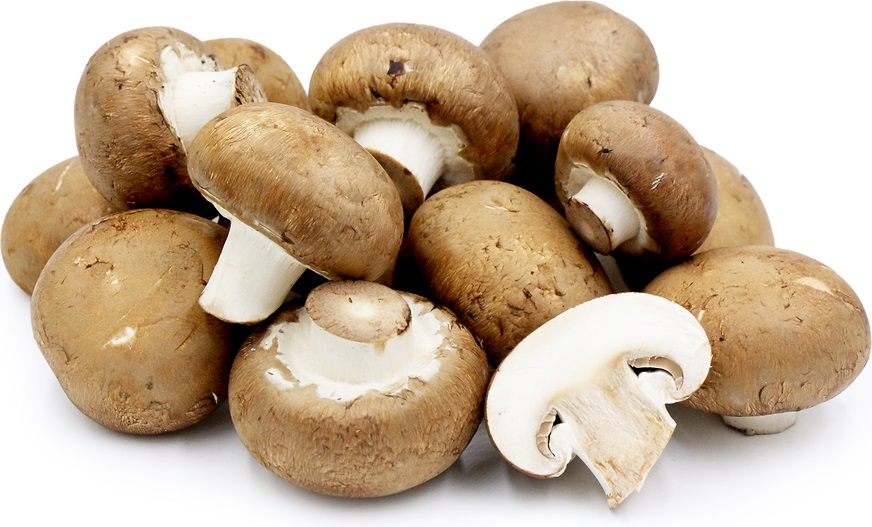
Crimini: Similar in shape to Whites but tan to dark brown in color. They have a richer, earthier flavor than Whites and can be substituted in any recipe calling for White mushrooms. They are excellent with beef.
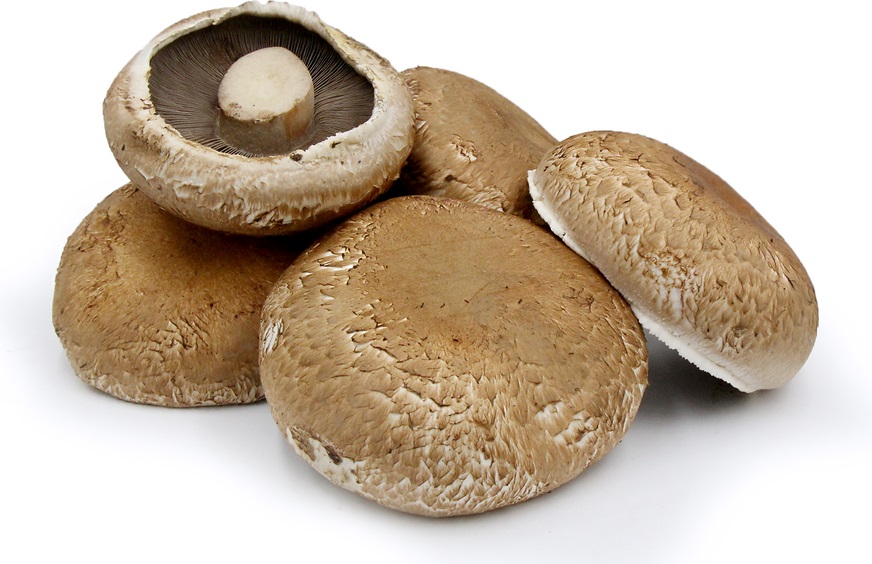
Portabellas: A relative of the Crimini and White mushroom, it can grow up to 6 inches in diameter. They have a dense meaty texture and flavor.
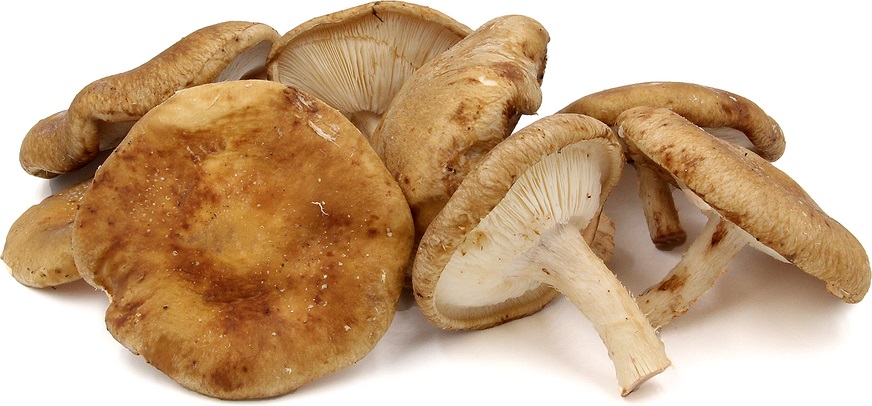
Shiitake: They look similar to a Crimini but they have an umbrella-shaped cap with an open veil. Once cooked, this rather spongy variety becomes meaty and takes on a woodsy flavor. The stem of these mushrooms is, in fact, quite woody so it is best to remove it before use.
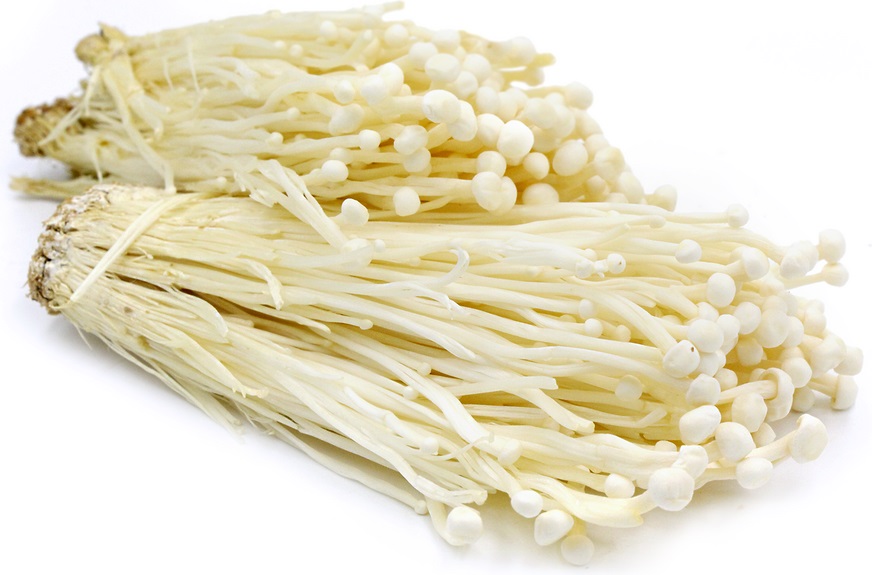
Enoki: This mushroom is unique in that it appears almost flower-like with a cluster of long stems ending in small caps. They store almost twice as long as most other varieties, up to 14 days. They have a mild flavor and are slightly crunchy.
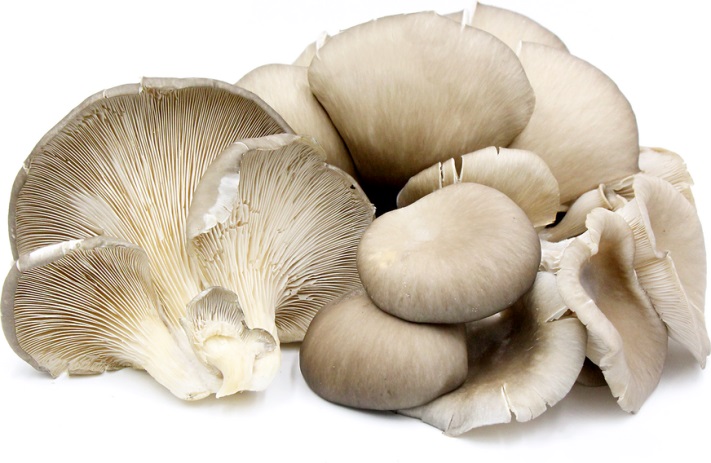
Oyster: With a delicately fluted cap and color that ranges from gray to light brown they have a very mild flavor and soft texture. They’re a good alternative for White mushrooms.
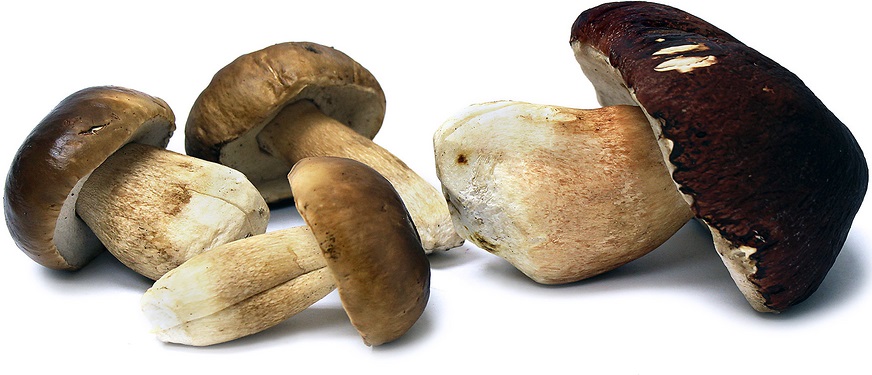
Porcini: Porcini mushrooms may grow a rather large cap, up to 12 inches in diameter. It's usually brown or reddish-brown with a slightly sticky texture.
But back to my original question regarding whether one variety has more ergothioneine and glutathione than another. Turns out, amounts do indeed vary quite a bit by mushroom type.
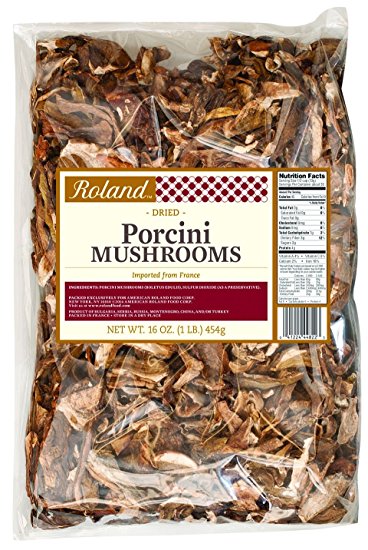
Food chemists in recent studies found that PORCINI mushrooms give you the most antioxidant bang for your buck. (They can be harder to find and a little more expensive than the other choices, however.) And while button mushrooms scored lower on the list, just know that you only need to eat five button mushrooms a day to get a nice dose of these anti-aging compounds.
The bottom line: Even mushrooms lower in these antioxidants provide more than other foods, so just be sure to eat your mushrooms on a regular basis!
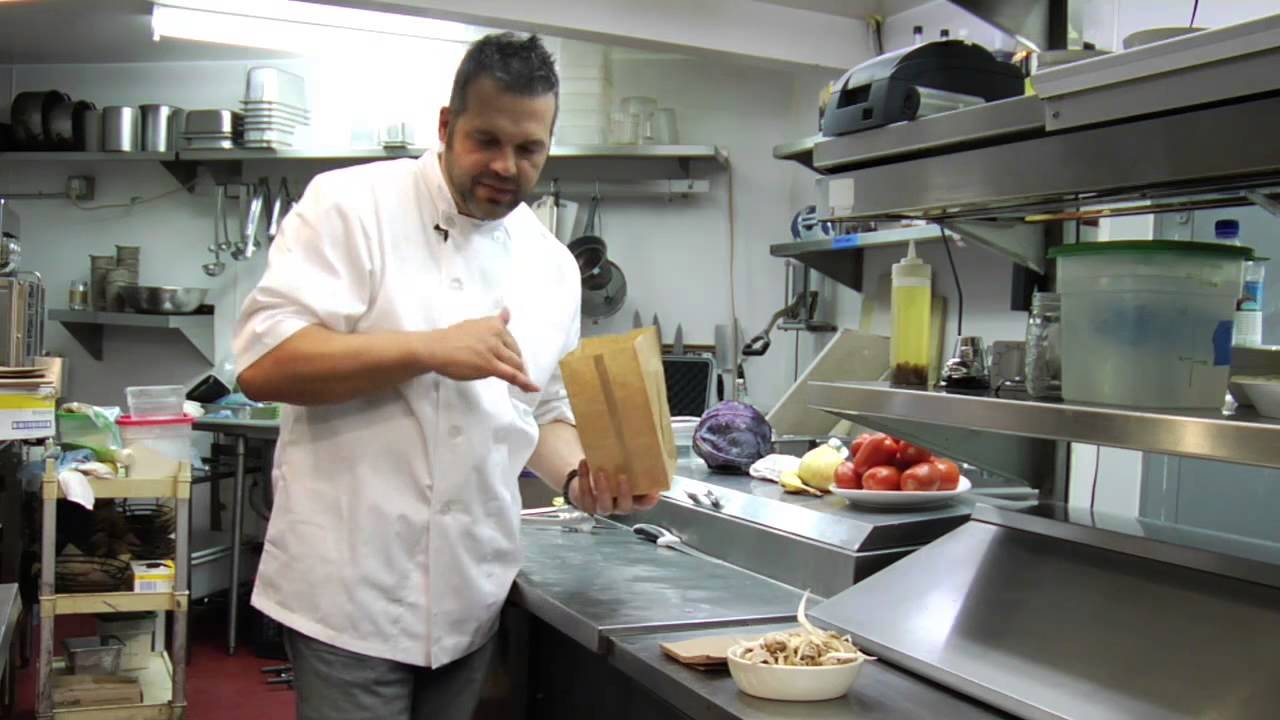
This said, here are three things to know, according to professions chefs, on storing fresh mushrooms:
Be sure to brush them off with a damp cloth.
Don't wash them with water unless you will be using them right away (a wet mushroom can turn soft or mushy quickly).
Remove their plastic covering and store them in a brown paper bag in your refrigerator’s deli drawer.
I’ll close with my cheerleader “RAH! RAH!” for beating that dreaded Alzheimer’s by eating more mushrooms, and a few ideas on how to get more of them into your day-to-day diet:
Besides using them fresh in salads, or adding them to soups, stews, and sauces, grill and fry them. Sauteed mushrooms take steamed veggies to a whole new level. And of course, if the caps are large enough, they can be stuffed and then baked. And here’s a very easy and delicious recipe to try that you can use in lots of ways (as an unusual side dish or atop toasted baguette slices).
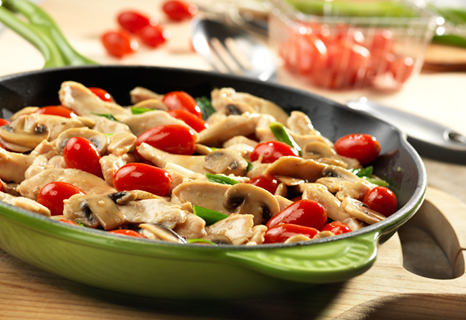
SAUTEED MUSHROOMS AND TOMATOES
2 cups fresh or dried mushrooms (your choice of vairety)
2 cloves garlic
3 tablespoons extra virgin olive oil
4 plum tomatoes (or 1½ cups grape or cherry tomatoes)
Fresh thyme (dried will work)
Fresh basil (dried will work)
Warm the olive oil in a deep pan or pot over medium-high heat, taking care that it doesn't start to burn.
Mince the garlic and sauté for about three minutes with your desired herbs.
While the garlic is cooking, chop the porcini mushrooms and tomatoes.
Add the mushroom pieces and cook for about 5 minutes, or until it looks like they've released all their water. They will be a lot smaller at this point.
Add the tomato pieces and their juice, reduce the heat to low, and simmer for 20 to 30 minutes. If you misjudged the amounts and it dries out, add some white wine. If using dried mushrooms, add some of the liquid used to rehydrate them.
NOTE: Finely diced onion is a nice addition to this recipe.
- www.care2.com
- www.freshpoint.com
- www.specialtyproduce.com
- www.amazon.com
- www.youtube.com
- www.pinterest.com
 Alice Osborne
Alice Osborne
Weekly Newsletter Contributor since 2006
Email the author! alice@dvo.com
